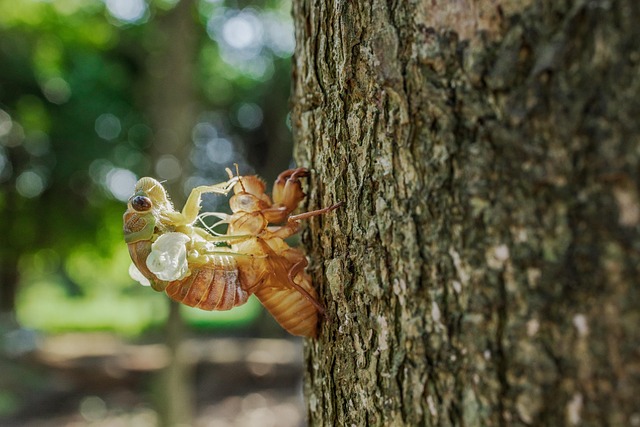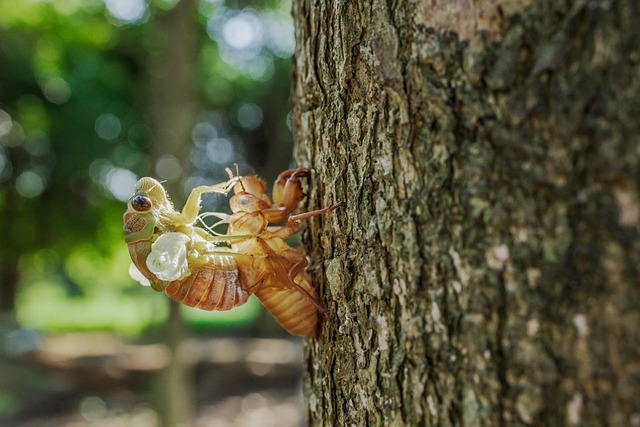Color reproduction is an essential aspect of photography that can transform a simple shot into a breathtaking visual experience. For photographers and camera enthusiasts, understanding the nuances of color can elevate their craft and deepen their connection with the subject matter. Colors evoke emotions, set the mood, and tell stories, which is why mastering color reproduction is crucial.
When we talk about color reproduction, we are referring to how accurately a camera captures the colors seen in real life. This process is influenced by various factors including lighting conditions, camera settings, and the optics used. Different cameras and lenses may interpret colors uniquely, which means knowing your equipment and its capabilities is key.
One important consideration is the white balance setting on your camera. Properly adjusting the white balance helps achieve accurate color reproduction by compensating for different light sources. For instance, shooting indoors under tungsten light can give a warm yellow hue to photographs if not corrected. By setting your camera to ‘tungsten’ mode, those warm tones can be balanced, revealing the true colors of your subject.
Next, dive into the world of optics. The quality of your lens can significantly impact color reproduction. Lenses with high-quality coatings minimize lens flare and ghosting, allowing colors to shine with clarity. When selecting a lens for your photography, consider how its optical characteristics will affect the final image. A prime lens, known for its sharpness and minimal distortion, can render colors with unmatched detail.
Lighting also plays a pivotal role in how colors appear in your images. Natural light changes throughout the day, producing different color temperatures that can be both beautiful and challenging. Golden hour, for example, bathes scenes in a warm glow, enhancing reds and oranges, while midday sun can wash out colors. Understanding how to manipulate lighting—whether through reflectors, diffusers, or artificial sources—can significantly enhance your color reproduction.
Post-processing is another vital aspect of achieving stunning color reproduction. Software like Adobe Lightroom or Photoshop allows photographers to fine-tune colors, apply filters, and correct any discrepancies from the original shot. Learning about color theory within these programs can empower you to make conscious decisions about how to present your work. For instance, adjusting saturation and vibrancy can transform an average photograph into a striking piece of art.
As you refine your skills in color reproduction, remember that practice is key. Experiment with different settings, lighting conditions, and lenses. Take notes of what works and what doesn’t, and soon you’ll find a workflow that enhances your photographic vision. Every click of the shutter is an opportunity to express your interpretation of the world through color, making every photograph a personal artwork that resonates with viewers.
Thus, mastering color reproduction is not just a technical skill; it’s an artistic journey that allows photographers to explore the depths of their creativity. By focusing on the interplay of optics, camera settings, and thoughtful post-processing, you can capture images that not only represent reality but also evoke emotion and inspire connection.


